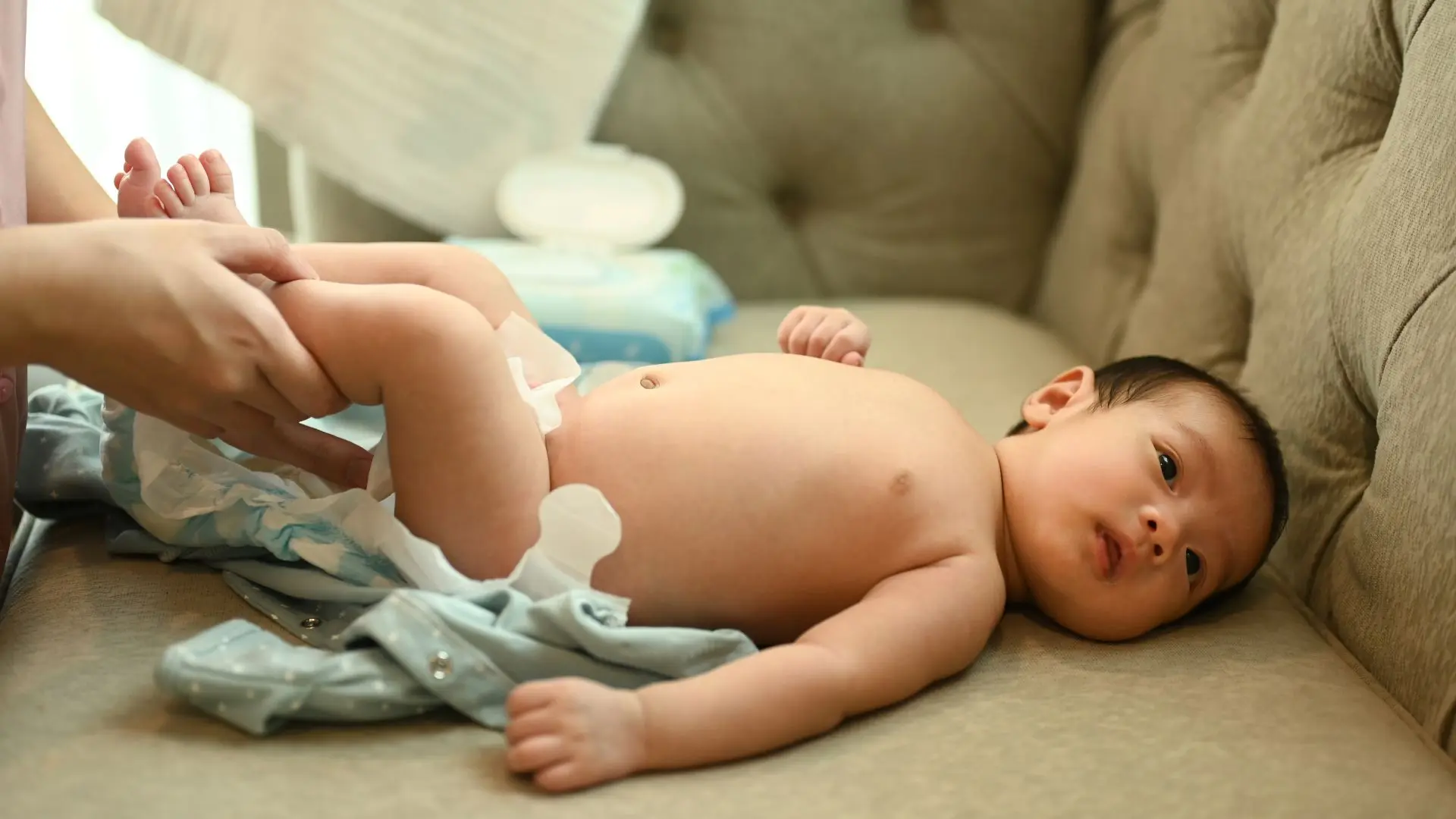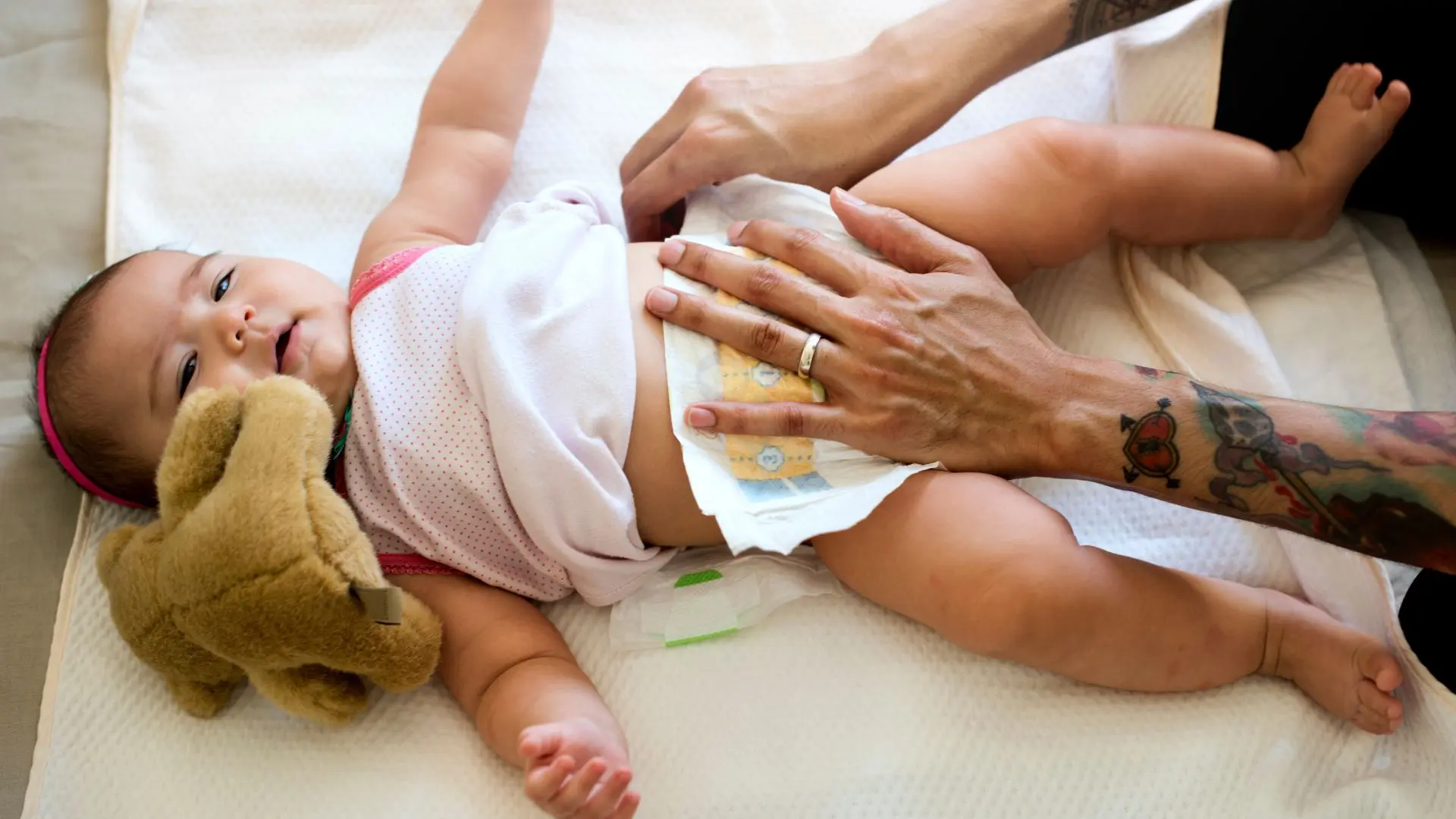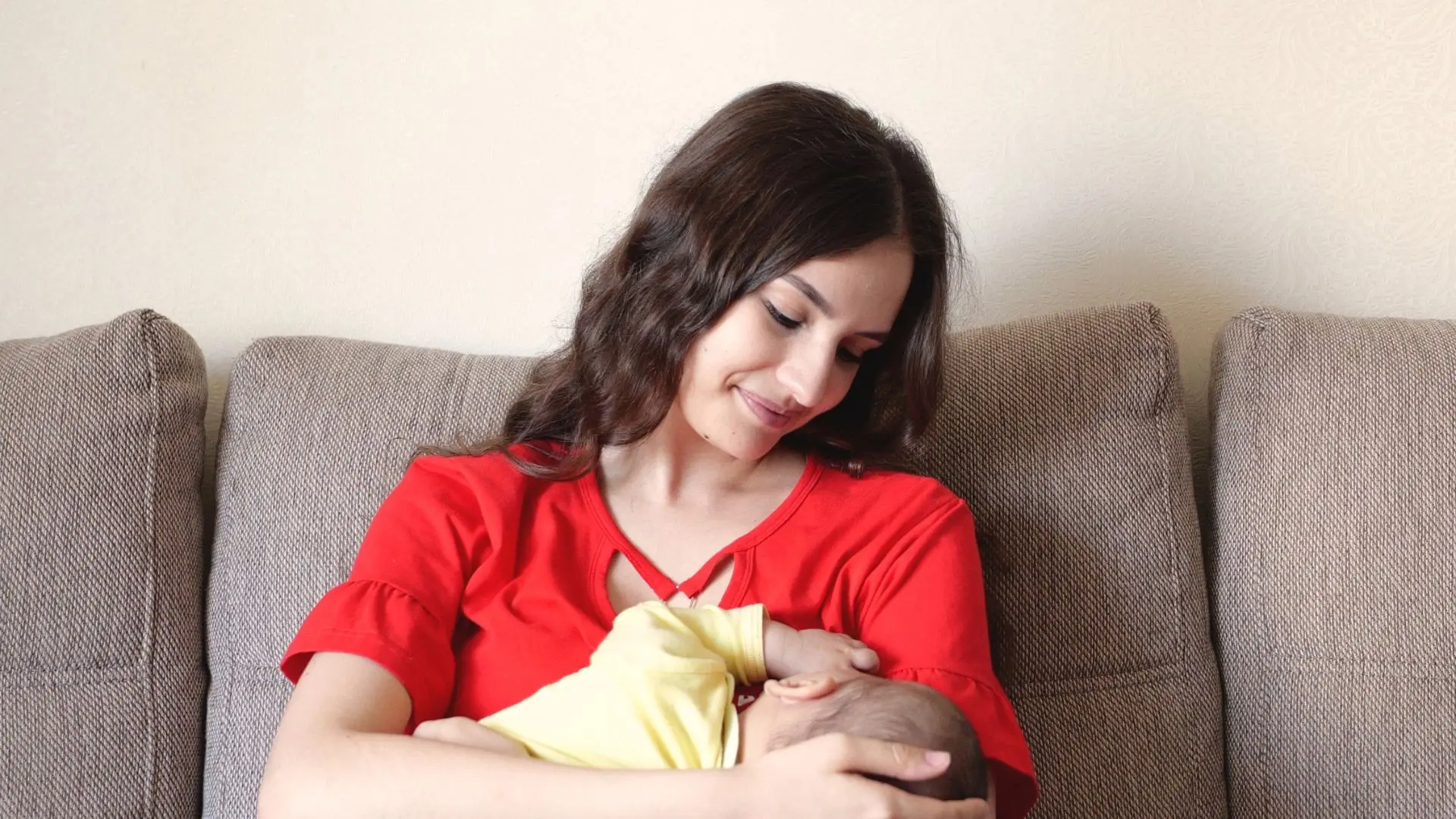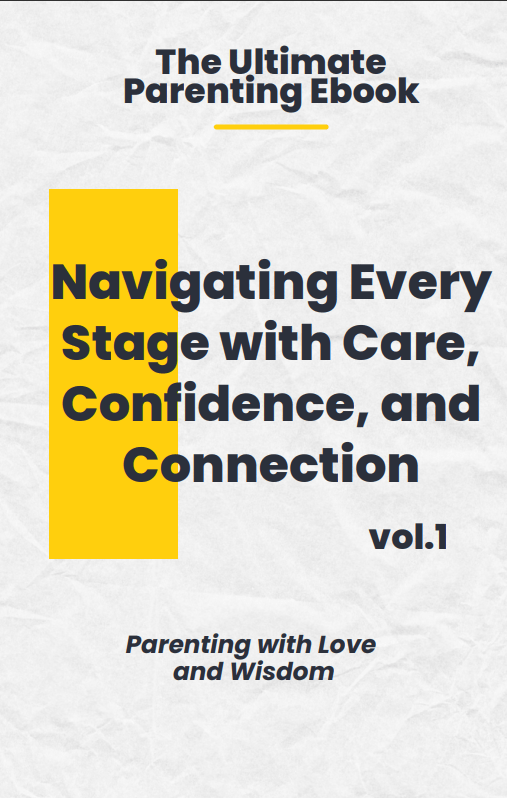
Yup the world of toddlerhood is challenging. Among the common hurdles parents face is dealing with a toddler yeast infection. And, this pesky fungal issue can cause discomfort for your little one and stress for you as a parent.
Let’s break down everything you need to know about toddler yeast infection, from recognizing the symptoms to effective treatments and prevention strategies.
In This Blog
ToggleUnderstanding Toddler Yeast Infections
What is a Yeast Infection in Toddlers?
A toddler yeast infection, medically known as candidiasis, is a common fungal infection caused by the Candida species. Unlike adults, toddlers are more susceptible due to their developing immune systems and the frequent use of diapers, which create a warm, moist environment ideal for yeast growth.
Common Causes and Risk Factors
Several factors can contribute to the development of a yeast infection in toddlers:
- Antibiotic Use: Antibiotics can disrupt the natural balance of bacteria in your child’s gut, allowing yeast to flourish.
- High-Sugar Diets: Excessive sugar intake can promote yeast overgrowth, making sugary snacks a common culprit.
- Prolonged Diaper Use: Keeping diapers on for too long without frequent changes can create a damp environment perfect for yeast.
- Weakened Immune Systems: Toddlers with weakened immune systems are more prone to recurrent fungal infections.
Symptoms of a Yeast Infection in Toddlers
Physical Signs of Yeast Overgrowth
Recognizing the symptoms of a yeast infection in toddlers early can lead to prompt and effective treatment. Look out for these physical indicators:
- Red, Itchy Rash: A bright red rash with defined edges in the diaper area is a telltale sign.
- White Patches in the Mouth (Thrush): Clusters of creamy white lesions on the tongue or inside the cheeks.
- Cracked or Sore Skin: Irritated and sore areas around the diaper region or mouth.
Behavioral Indicators in Young Children
Beyond the physical signs, your toddler’s behavior can also signal discomfort:
- Increased Fussiness or Irritability: Your child may become more irritable due to the discomfort caused by the infection.
- Discomfort During Diaper Changes: Frequent crying or resistance when changing diapers indicates pain or irritation.
- Changes in Sleep Patterns: Difficulty sleeping through the night due to persistent discomfort.
Diagnosing Yeast Infections in Toddlers
When to Consult a Pediatrician
While mild cases of a toddler yeast infection can often be managed at home, certain situations warrant professional medical advice:
- Persistent or Severe Symptoms: If the rash doesn’t improve with home treatments or worsens over time.
- Recurrent Infections: Frequent yeast infections may indicate an underlying health issue that needs addressing.
What to Expect During Diagnosis
A pediatrician will typically perform a physical examination to identify the characteristic signs of a yeast infection. In some cases, they may take a swab from the affected area for lab testing to confirm the presence of Candida.
Effective Treatments for Toddler Yeast Infections
Medical Treatments and Medications
Treating a toddler yeast infection effectively often requires a combination of medical and home-based approaches:
- Topical Antifungal Creams and Ointments: These are applied directly to the affected area to eliminate the yeast. Common options include clotrimazole or miconazole.
- Oral Antifungal Medications: In severe cases or when the infection has spread, oral medications like fluconazole may be prescribed.
Natural Remedies and Home Care Tips
In addition to medical treatments, several natural remedies for toddler yeast infections can help soothe your child and support recovery:
- Keeping the Diaper Area Clean and Dry: Gently clean the area with water and pat dry thoroughly to reduce moisture.
- Using Breathable Fabrics and Diapers: Opt for cotton diapers and clothes that allow air circulation, preventing a moist environment.
- Applying Barriers Like Petroleum Jelly: A thin layer can protect the skin from irritation and further yeast growth.
Preventing Yeast Infections in Toddlers
Hygiene Practices for Young Children
Prevention is always better than cure. Implementing good hygiene practices can significantly reduce the risk of a toddler yeast infection:
- Regular Diaper Changes: Change diapers frequently to prevent prolonged exposure to moisture.
- Gentle Cleaning with Water and Mild Soap: Avoid harsh soaps or wipes that can irritate the skin and disrupt the natural balance of bacteria.

Dietary Tips to Avoid Yeast Overgrowth
Diet plays a crucial role in preventing yeast overgrowth:
- Limit Sugary Snacks and Beverages: Reducing sugar intake helps prevent the growth of yeast in your toddler’s system.
- Incorporate Probiotic-Rich Foods: Foods like yogurt can help maintain a healthy balance of bacteria and yeast in the body.
Managing Diaper Rash and Yeast Infections
Identifying and Treating Diaper-Related Yeast Overgrowth
Differentiating between a typical diaper rash and a yeast infection in toddlers is essential for proper treatment:
- Typical Diaper Rash: Usually appears as a flat, red area without defined edges.
- Yeast Diaper Rash: Often has sharp, raised borders and a brighter red color, sometimes accompanied by tiny pustules.
Treating a yeast-related diaper rash involves using antifungal creams and maintaining a strict hygiene routine to prevent recurrence.
Understanding Recurrent Yeast Infections in Toddlers
Causes of Frequent Infections
Frequent toddler yeast infections can be frustrating and may indicate underlying issues:
- Underlying Health Conditions: Conditions like eczema or immune deficiencies can predispose toddlers to recurrent infections.
- Environmental Factors: High humidity, poor ventilation, or prolonged diaper use can create optimal conditions for yeast growth.
Strategies to Prevent Recurrence
Preventing recurrent yeast infections involves addressing both environmental and dietary factors:
- Consistent Hygiene Routines: Maintain a strict diaper-changing schedule and ensure thorough cleaning.
- Long-term Dietary Adjustments: Reducing sugar intake and promoting probiotic foods can help maintain a balanced microbial environment.
When to Seek Medical Help for Your Toddler’s Yeast Infection
Recognizing Severe Symptoms
Certain symptoms require immediate medical attention:
- Spreading Rash Beyond the Diaper Area: Indicates a more severe or widespread infection.
- Signs of Systemic Infection: Symptoms like fever, lethargy, or poor appetite may suggest the infection has spread beyond the skin.
Long-term Health Implications
Untreated or recurrent toddler yeast infections can lead to persistent discomfort and potential skin damage. Timely and effective treatment is crucial to prevent complications and ensure your child’s comfort and well-being.
Conclusion
Dealing with a toddler yeast infection can be challenging, but with the right knowledge and strategies, you can effectively manage and prevent these fungal issues. By recognizing the symptoms, understanding the causes, and implementing both medical and natural treatments, you can ensure your toddler remains healthy and comfortable. Always consult your pediatrician if you’re uncertain or if symptoms persist—your child’s health and happiness are paramount.
Feeling empowered to tackle a toddler yeast infection? Share your experiences in the comments below or reach out if you have any questions.
You may also be interested in : Mess-Free Toddler Activities at Home for Moms Who Hate Clean-Up
FAQs
1. What are the common symptoms of a toddler yeast infection?
Common symptoms of a toddler yeast infection include a bright red, itchy rash in the diaper area, white patches in the mouth (thrush), and cracked or sore skin. Additionally, your child may exhibit increased fussiness, discomfort during diaper changes, and changes in sleep patterns due to persistent irritation.
2. What causes yeast infections in toddlers?
Toddler yeast infections are primarily caused by the overgrowth of Candida species. Factors include frequent diaper use creating a moist environment, antibiotic use disrupting gut bacteria balance, high-sugar diets promoting yeast growth, and weakened immune systems. These conditions create ideal settings for yeast to thrive and cause infections.
3. How can I prevent a toddler yeast infection?
To prevent a toddler yeast infection, ensure regular diaper changes to keep the diaper area dry and clean. Use breathable fabrics and diapers, limit sugary snacks and beverages, and incorporate probiotic-rich foods into your child’s diet. Maintaining good hygiene and avoiding prolonged exposure to moisture are key strategies in prevention.
4. When should I consult a pediatrician about my toddler’s yeast infection?
Consult a pediatrician if your toddler shows persistent or severe symptoms of a yeast infection, such as a rash that doesn’t improve with home treatments, or if infections recur frequently. Additionally, seek medical advice if your child exhibits signs of systemic infection like fever, lethargy, or poor appetite.
5. What treatments are effective for toddler yeast infections?
Effective treatments for a toddler yeast infection include topical antifungal creams like clotrimazole or miconazole applied to the affected area. In severe cases, oral antifungal medications such as fluconazole may be prescribed by a pediatrician. Additionally, maintaining cleanliness and dryness in the diaper area supports the healing process.
6. What is thrush and how is it related to toddler yeast infections?
Thrush is a form of toddler yeast infection that affects the mouth, characterized by creamy white patches on the tongue and inside the cheeks. It is caused by the same Candida species responsible for skin yeast infections. Thrush can cause discomfort and difficulty eating, requiring appropriate antifungal treatments for resolution.
7. How does antibiotic use lead to toddler yeast infections?
Antibiotics can disrupt the natural balance of bacteria in your toddler’s gut, reducing beneficial bacteria that keep Candida in check. This disruption allows yeast to overgrow, leading to a toddler yeast infection. To mitigate this, use antibiotics only as prescribed and consider adding probiotic-rich foods to support healthy gut flora.
8. Can diet affect the likelihood of a toddler developing a yeast infection?
Yes, diet plays a significant role in the development of a toddler yeast infection. High-sugar diets can promote yeast overgrowth, increasing the risk of infections. Limiting sugary snacks and beverages and incorporating probiotic-rich foods like yogurt can help maintain a balanced microbial environment, reducing the likelihood of yeast infections.
9. How to differentiate between diaper rash and a yeast infection in toddlers?
Diaper rash typically appears as a flat, red area without defined edges, while a toddler yeast infection rash is bright red with sharp, raised borders and may include tiny pustules. Yeast infections often persist longer and worsen if not treated, whereas typical diaper rashes improve with better hygiene and barrier creams.
10. What natural remedies can help treat toddler yeast infections?
Natural remedies for toddler yeast infections include keeping the diaper area clean and dry, using breathable fabrics and diapers, and applying barriers like petroleum jelly to protect the skin. Additionally, incorporating probiotic-rich foods can support healthy gut flora, and using natural antifungals like coconut oil may provide soothing relief.
11. Why do some toddlers get recurrent yeast infections?
Recurrent toddler yeast infections can result from underlying health conditions such as eczema or immune deficiencies that make it harder to control yeast growth. Environmental factors like high humidity and poor ventilation, as well as persistent dietary issues, can also contribute to frequent infections, necessitating a comprehensive approach to prevention and treatment.
12. Are there any underlying conditions that increase the risk of yeast infections in toddlers?
Yes, underlying conditions like eczema, immune deficiencies, or diabetes can increase the risk of toddler yeast infections. These conditions can weaken the body’s ability to control yeast growth, making toddlers more susceptible to frequent or severe infections. Addressing these health issues is crucial in managing and preventing recurring yeast infections.
13. How should I care for my toddler’s skin to prevent yeast infections?
To care for your toddler’s skin and prevent yeast infections, ensure regular diaper changes to keep the area dry. Clean the skin gently with water and mild soap, avoid harsh wipes, and use breathable fabrics. Applying a protective barrier like petroleum jelly can shield the skin from moisture and irritation, reducing the risk of yeast overgrowth.
14. Can probiotics help in preventing toddler yeast infections?
Yes, probiotics can help prevent toddler yeast infections by maintaining a healthy balance of bacteria in the gut and on the skin. Incorporating probiotic-rich foods like yogurt or using pediatric probiotic supplements can support your child’s immune system and inhibit the growth of Candida, thereby reducing the risk of infections.
15. How long does it take for a toddler yeast infection to clear up with treatment?
With appropriate treatment, a toddler yeast infection typically clears up within one to two weeks. Topical antifungal creams usually show improvement within a few days, while oral medications may take longer to fully eliminate the infection. Consistently following treatment guidelines and maintaining good hygiene practices are essential for speedy recovery.
16. Is a toddler yeast infection contagious?
While toddler yeast infections are not highly contagious, the Candida species can spread through direct contact. It’s important to maintain good hygiene, such as washing hands thoroughly after diaper changes, to prevent the spread of yeast. Avoid sharing utensils, bottles, or pacifiers to minimize the risk of transmission between children.
17. What over-the-counter treatments are recommended for toddler yeast infections?
Over-the-counter treatments for toddler yeast infections include topical antifungal creams like clotrimazole or miconazole. These should be applied as directed to the affected area. It’s important to follow the product instructions carefully and consult a pediatrician if the infection persists or worsens despite treatment.
18. How to soothe your toddler’s discomfort during a yeast infection?
To soothe your toddler’s discomfort during a yeast infection, keep the diaper area clean and dry, use cool compresses to reduce itching, and apply a protective barrier cream. Ensuring your child wears loose, breathable clothing can also help alleviate irritation. Additionally, maintaining a calm and comforting environment can ease your child’s overall distress.
19. Are there any side effects of antifungal medications used for toddlers?
Antifungal medications for toddler yeast infections are generally safe when used as directed. However, some potential side effects include skin irritation, redness, or a slight burning sensation at the application site. Oral antifungals may cause mild gastrointestinal upset. Always consult your pediatrician if you notice any adverse reactions.
20. Can improper diapering practices cause yeast infections in toddlers?
Yes, improper diapering practices can lead to toddler yeast infections. Keeping diapers on for too long without frequent changes creates a moist environment that promotes yeast growth. Additionally, using tight or non-breathable diapers can trap moisture and heat, further increasing the risk. Ensuring timely diaper changes and using breathable materials can help prevent infections.




